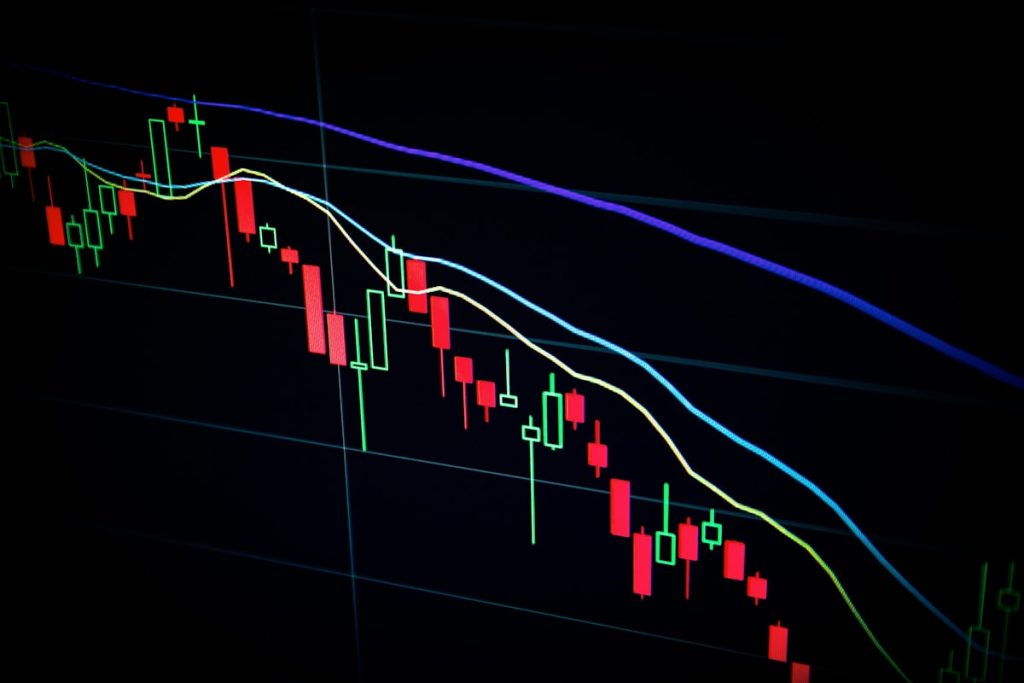Weak Jobs Report
The U.S. equity markets ended the day in the red on Wednesday, as investors digested a double‑dose of negative news: President Donald Trump announced a fresh round of tariffs on imported steel and aluminum, and the Labor Department released a weaker‑than‑expected jobs report for June. The confluence of trade‑policy uncertainty and tepid labor data rattled confidence across both the Dow Jones Industrial Average and the broader market indices.
Tariff Shockwaves Ripple Through Industrials
President Trump’s proclamation to impose an additional 25 percent tariff on steel and 10 percent on aluminum imports, effective immediately, targeted a range of foreign producers, including Canada, the European Union, and several Asian economies. While the administration argues the move will protect American jobs, analysts warn that higher input costs could compress profit margins for manufacturers that rely heavily on these metals.
- U.S. Steel (X) and Nucor (NUE)
– Companies such as Caterpillar and Vulcan Materials saw declines of roughly 1.5 % as the cost of raw materials rises.
The tariff announcement also prompted a sharp sell Adds to Market Anxiety
The Labor Department reported that non‑farm payrolls grew by only 150,000 jobs in June, well below the 210,000 jobs economists had forecast. The unemployment rate ticked up to 5.3 %, and the average hourly earnings rose by a modest 0.2 % month‑over‑month, suggesting wage growth remains sluggish.
“The combination of a weaker labor market and the prospect of higher trade barriers creates a perfect storm for risk‑averse investors,” said Laura Mitchell, senior market strategist at Capital Insight. “We’re likely to see continued volatility as the Fed watches these data% (‑310 points), the S&P 500 slipped 1.4 % (‑45 points), and the Nasdaq Composite fell 1.6 % (‑150 points). The broader market sell‑off was led by the industrials, materials, and consumer discretionary sectors, which together accounted for roughly 65 % of the total decline.
Investor Sentiment and Outlook
Market sentiment turned decidedly bearish, with the CBOE Volatility Index (VIX) climbing to 22.8, its highest level in three weeks. Traders are now weighing the potential for further tariff escalations and the possibility that the Federal Reserve may delay any interest‑rate cuts if the economic data continue to disappoint.
Looking ahead, analysts are monitoring several key variables:
- Trade Negotiations – Any progress toward a bilateral agreement with the European Union or Canada could alleviate tariff concerns.
- Upcoming Economic Releases – The August consumer price index (CPI) and the Federal Reserve’s policy meeting will be pivotal in shaping market direction.
- Corporate Earnings – The next wave of earnings reports, especially from heavy‑industry firms, will provide insight into how companies are adjusting to higher input costs.
In the short term, volatility is expected to remain elevated as investors grapple with the twin challenges of trade protectionism and a slowing labor market. For now, the market’s reaction serves as a reminder that policy shifts and macro‑economic data continue to be powerful catalysts for equity price movements.



